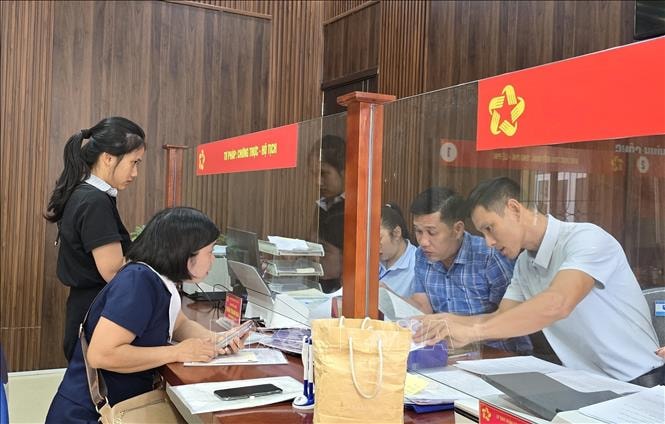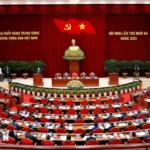Prime Minister Pham Minh Chinh has signed Official Dispatch No. 144/CĐ-TTg on ensuring the reduction and simplification of administrative procedures, business conditions, and the smooth and effective implementation of administrative procedures in the deployment of the two-level local government model.

Implementing Government Resolution No. 66/NQ-CP dated March 26, 2025, on the Program for the Reduction and Simplification of Administrative Procedures Related to Production and Business Activities in 2025 and 2026, and the Prime Minister’s directing Official Dispatches, ministries and agencies have reviewed and developed Plans for the Reduction and Simplification of Administrative Procedures and Business Conditions. To date, 10 ministries and agencies have submitted their plans to the Prime Minister for consideration and approval, with the Prime Minister approving plans to reduce and simplify 1,315 administrative procedures and cut 872 business conditions under the management of 4 ministries; 3 ministries and agencies are submitting to the Prime Minister, and 3 ministries and agencies are continuing to supplement and complete their dossiers for submission to the Prime Minister. Accordingly, it is expected that in 2025, 488 administrative procedures will be abolished, 2,675 administrative procedures will be simplified (accounting for 74.86% of the total administrative procedures related to production and business activities), and 2,028 out of 7,806 business conditions will be cut (achieving a rate of 26%).
Provinces and centrally-run cities have focused on implementing administrative procedures while reorganizing administrative units and deploying the two-level local government model. The administrative procedure resolution information systems of 34 provinces and cities have been upgraded.
From July 1, 2025, to August 23, 2025, the total number of dossiers received by these 34 provinces and cities was 6.5 million administrative procedure files, including 4.8 million administrative procedure files at the commune level (an increase of approximately 25% compared to the same period in 2024).
However, alongside these achievements, the implementation of tasks under the Government Resolution and the Prime Minister’s Official Dispatch by some ministries, sectors, and localities still has limitations and shortcomings. Two ministries, Health and Home Affairs, have not submitted their plans for the reduction and simplification of administrative procedures as required by the Government in Resolution No. 66/NQ-CP, and two ministries, Industry and Trade and Health, are projected not to meet the target of reducing at least 30% of business conditions.
The information systems of some ministries (such as civil status; business registration, household businesses, cooperatives; publication of animal feed information, etc.) have not been promptly upgraded to meet the requirements of deploying the two-level local government model, implementing administrative procedures independent of administrative boundaries, and connecting and sharing data with the provincial-level administrative procedure resolution information system.
Some national and specialized databases are still slow to be completed and put into operation or do not meet the “accurate, sufficient, clean, live” data requirements for the reduction and simplification of administrative procedures.
The administrative procedure resolution information systems of some localities have been upgraded but not comprehensively, fully, or stably; internal administrative procedure processes on the information system have not been promptly adjusted, leading to interruptions and inefficiencies in online public service provision.
The staffing of some agencies is still inadequate and does not meet the professional requirements of the positions. Personnel allocation is uneven among Public Administrative Service Centers and does not meet work demands.
Technical infrastructure in some localities is lacking, and the issuance of specialized digital signatures for public duty is slow, failing to ensure working conditions. The number of administrative procedures provided as online public services in some localities remains low; some places are not equipped with computers to support online public services for citizens. Communication, guidance, and support for citizens and businesses in some localities are not truly effective.






